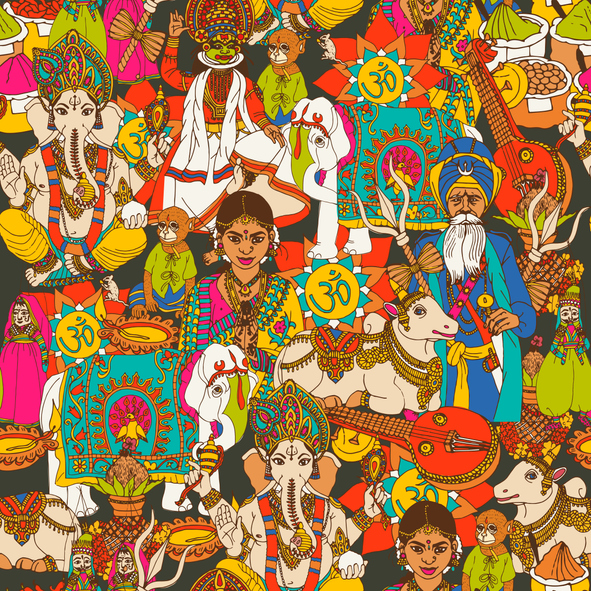

A 2500 year old grammatical problem has finally been solved by PhD student Rishi Rajpopat at the University of Cambridge. A grammatical rule by “the father of linguistics” Pāṇini has puzzled experts for centuries, until Rajpopat discovered an algoritim that makes it possible for the first time to fully use Pāṇini’s ‘language machine’. Pāṇini’s system of Sanskrit Aṣṭādhyāyīemploys a derivational system to describe the language, where grammatically correct words and sentences can be derived from suffixes. However, often times two or more rules are simultaneously applicable leaving scholars unsure of which rule to follow.
This led to scholars misinterpreting what is called a ‘metarule’ in which the rule coming later in the grammar’s serial order wins. Rajpopat rejected this ‘metarule’ and instead argued that Panini meant that between rules applicable to the left and right sides of a word respectively, Panini wanted us to choose the rule applicable to the right side. Using this interpretation, Rajpopat found that Pāṇini’s language machine produced grammatically correct words with almost no exceptions.
Rajpopat told the University of Cambridge of his struggle to make progress, in which his supervisor advised him that if his solution is complicated, he is probably wrong.
“Six months later, I had a eureka moment,” Rajpopat says. “I was almost ready to quit, I was getting nowhere. So I closed the books for a month and just enjoyed the summer, swimming, cycling, cooking, praying and meditating.
“Then, begrudgingly I went back to work, and, within minutes, as I turned the pages, these patterns starting emerging, and it all started to make sense.
“At that moment, I thought to myself, in utter astonishment: For over two millennia, the key to Pāṇini’s grammar was right before everyone’s eyes but hidden from everyone’s minds!“
“There was a lot more work to do but I’d found the biggest part of the puzzle. Over the next few weeks I was so excited, I couldn’t sleep and would spend hours in the library including in the middle of the night to check what I’d found and solve related problems. That work took another two and half years.”
Vincenzo Vergiani, Professor of Sanskrit at the University of Cambridge, told the University of Cambridge, “My student Rishi has cracked it – he has found an extraordinarily elegant solution to a problem which has perplexed scholars for centuries. This discovery will revolutionise the study of Sanskrit at a time when interest in the language is on the rise.”
Rajpopat also notes that a major effect of the discovery is that the algorithim can bbe used to teach the Sanskrit grammar to computers.
“Computer scientists working on Natural Language Processing gave up on rule-based approaches over 50 years ago”, Rajpopat says.
“So teaching computers how to combine the speaker’s intention with Pāṇini’s rule-based grammar to produce human speech would be a major milestone in the history of human interaction with machines, as well as in India’s intellectual history.”
References
R.A. Rajpopat, ‘In Pāṇini We Trust: Discovering the Algorithm for Rule Conflict Resolution in the Aṣṭādhyāyī’,PhD thesis (University of Cambridge, 2022).DOI: 10.17863/CAM.80099
https://www.cam.ac.uk/stories/solving-grammars-greatest-puzzle
Solving grammar’s greatest puzzle by Tom Almeroth-Williams







